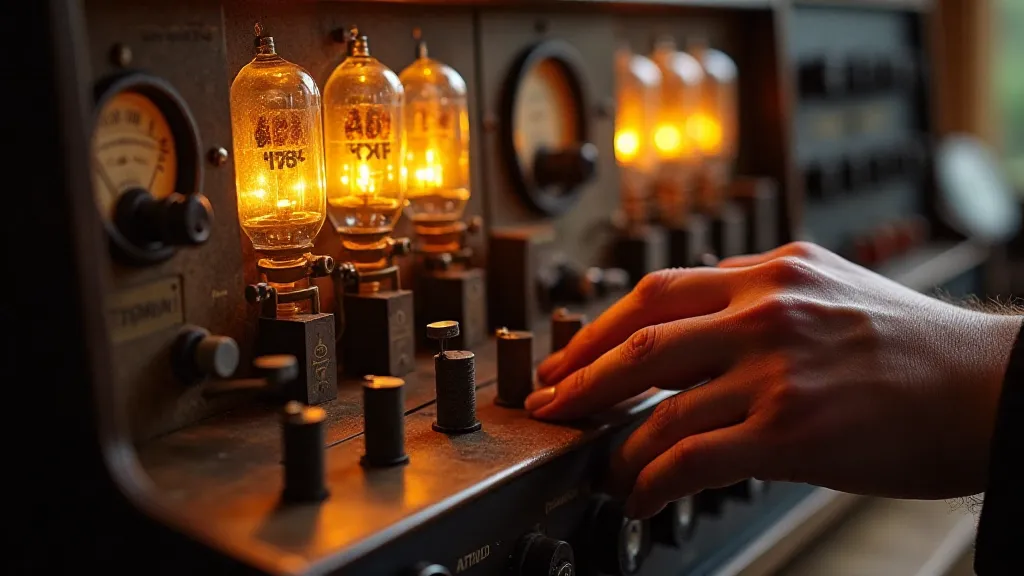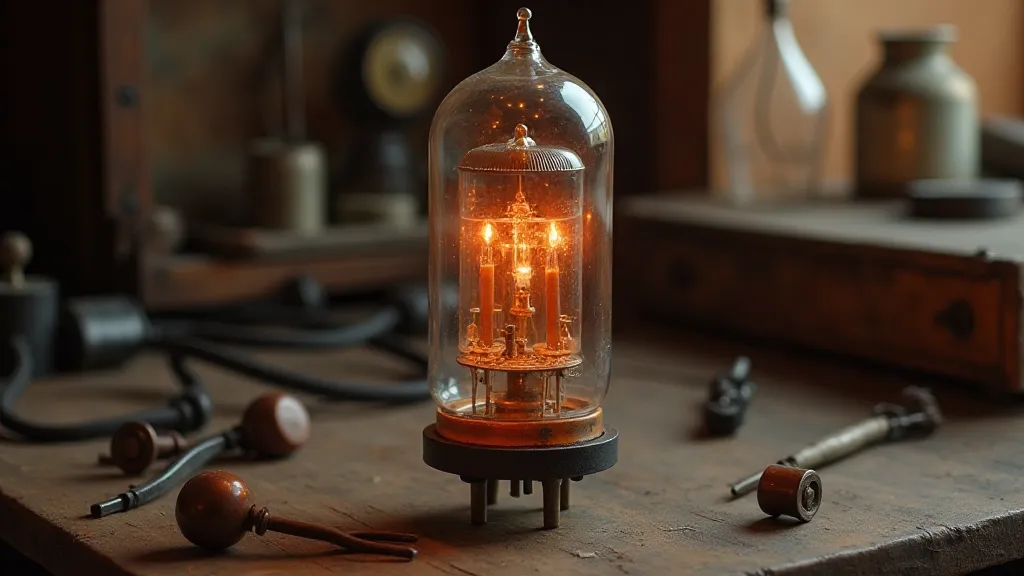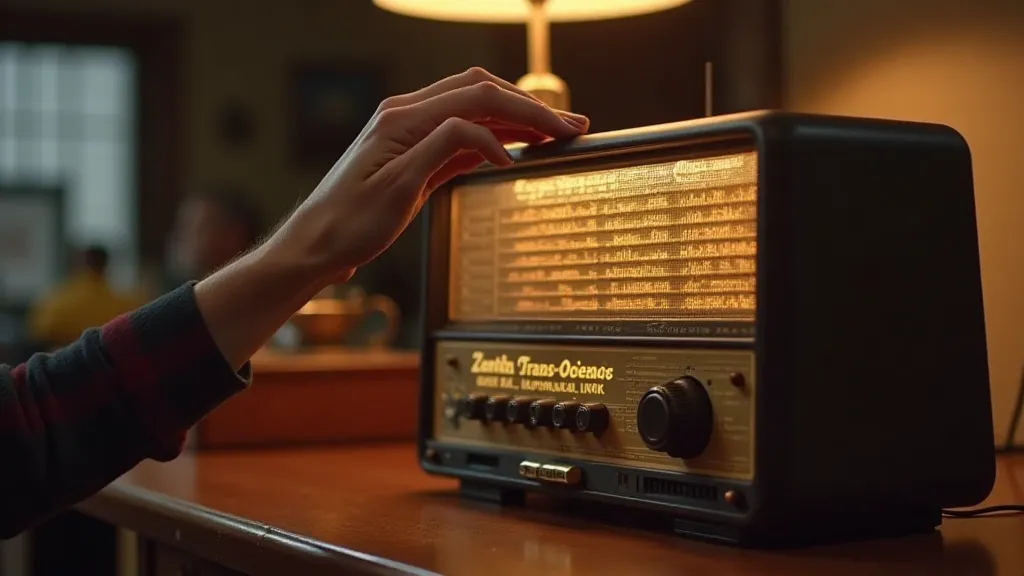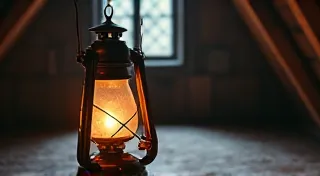Echoes of the Ether: Reconstructing Soundscapes Through Tube Restoration
There's a peculiar magic in holding a vintage radio vacuum tube. It’s not just a glass shell and a tangle of wires; it’s a tiny time capsule, a conduit for voices and melodies that once filled homes and captivated audiences. For those of us dedicated to restoring these antique radios, it's about more than just fixing a broken device. It’s about rekindling a forgotten era, and retrieving the original fidelity of a soundscape lost to time. This journey begins with the humble tube tester, a vital tool in this preservation effort.
I remember my grandfather, a quiet man of meticulous habits, hunched over his workbench, surrounded by the warm glow of incandescent bulbs and the comforting scent of soldering flux. He owned a Zenith Trans-Oceanic, a marvel of mid-century engineering, and he kept it in impeccable condition. He taught me to listen – truly *listen* – to the subtle nuances of the sound, the richness of the bass, the clarity of the highs. He explained that each tube played a specific role in this process, and that their health dictated the quality of the sound. When a tube began to fail, he’s carefully test it with an antique tube tester, a clunky, impressive machine of its own right.
The Heart of the Vintage Sound: Why Vacuum Tubes Matter
Before transistors and integrated circuits, vacuum tubes were the building blocks of audio amplification. These glass enclosures, often filled with a carefully controlled vacuum and coated with intricate filaments and plates, acted as electronic valves, controlling the flow of electrical signals. Their characteristics – warmth, harmonic distortion, a certain "bloom" – are often cited as the reasons why many audiophiles still prefer the sound of vintage equipment. Solid-state circuits strive for clinical accuracy; tubes, by contrast, impart a character that’s undeniably pleasing to many ears.
The beauty lies not just in the sonic signature, but also in the construction. A vintage tube isn't mass-produced in the same way as modern components. Each component, from the getter flash (the silver coating that absorbs gases and maintains the vacuum) to the meticulously wound filament, represents hours of skilled labor. It was a time when craftsmanship was paramount, and the result is a beautiful object in its own right – a testament to the ingenuity and dedication of the engineers and technicians who created them.
Imagine a radio broadcasting a 1948 broadcast of a big band performance. It's not just the music itself that’s significant, but the *way* it was delivered – the warmth of the tubes amplifying the signal, the subtle distortions that added a certain human feel. A failing tube subtly alters that sonic signature, introducing noise, distortion, and a loss of dynamic range. Reclaiming the original sound means restoring the integrity of those tubes.

The Tube Tester: A Portal to the Past
The antique radio vacuum tube tester isn’t just a diagnostic tool; it's a bridge to understanding. These machines, often quite complex electromechanical devices, measure a variety of parameters – plate resistance, grid voltage, transconductance – to assess a tube’s health. The results, often presented on a series of meters and scales, provide insights into how a tube is performing relative to its specifications. Identifying a failing tube is only the first step; understanding *why* it’s failing can unlock valuable information about the radio's overall health.
Different tube testers have varying degrees of sophistication. Some are basic “emissions testers,” simply checking for shorts or gas leaks. More advanced testers perform full characteristic curves, plotting the relationship between plate voltage and current. This allows for a much more detailed assessment of the tube’s performance.
Using a tube tester isn't always straightforward. It requires a basic understanding of electronics and the ability to interpret the readings. Fortunately, numerous resources – online forums, schematics, and vintage repair manuals – are available to guide the novice. Recognizing the tube number is the immediate priority; a simple search will reveal the tube’s datasheet, containing vital information about its operating characteristics. Even a simple "emissions test" can reveal a subtle problem that would otherwise go unnoticed, and that can make the difference between a radio that works adequately and one that sings with original fidelity.
The Art of Restoration: Reclaiming Lost Voices
Restoring a vintage radio is a labor of love. It’s a process of patient troubleshooting, meticulous cleaning, and careful replacement of worn components. And at the heart of that process is the tube tester. Replacing a faulty tube can dramatically improve the radio's performance, but it's rarely a complete solution. Other factors – aging capacitors, leaky resistors, corroded contacts – can also contribute to poor sound quality. The tube tester helps to narrow the focus, to isolate the areas that require attention.
It’s a humbling experience, working with these machines. You're not just repairing an object; you're preserving a piece of history. You’re reconnecting with a time when radio was the primary source of entertainment and information, when families gathered around the console to listen to broadcasts and share experiences. It is important to preserve the original aesthetic of the radio; originality is paramount.

Beyond Repair: Appreciating the Legacy
Collecting vintage radios and tubes isn't just about acquiring objects; it’s about fostering a deeper appreciation for the craftsmanship and ingenuity of the past. It’s about understanding the role that these machines played in shaping our culture and connecting people across vast distances. Many people are motivated to collect tubes not for replacement purposes, but simply for their aesthetic beauty.
Even if you don't have the skills or the desire to restore vintage radios, there's still a lot to be gained from appreciating their legacy. Visit a museum, browse online forums, or simply listen to a recording of a vintage radio broadcast. You might be surprised at what you discover.
The echoes of the ether – the voices and melodies that once filled our homes – are waiting to be rediscovered. And with the humble tube tester as our guide, we can begin to reconstruct those soundscapes, one tube at a time.






